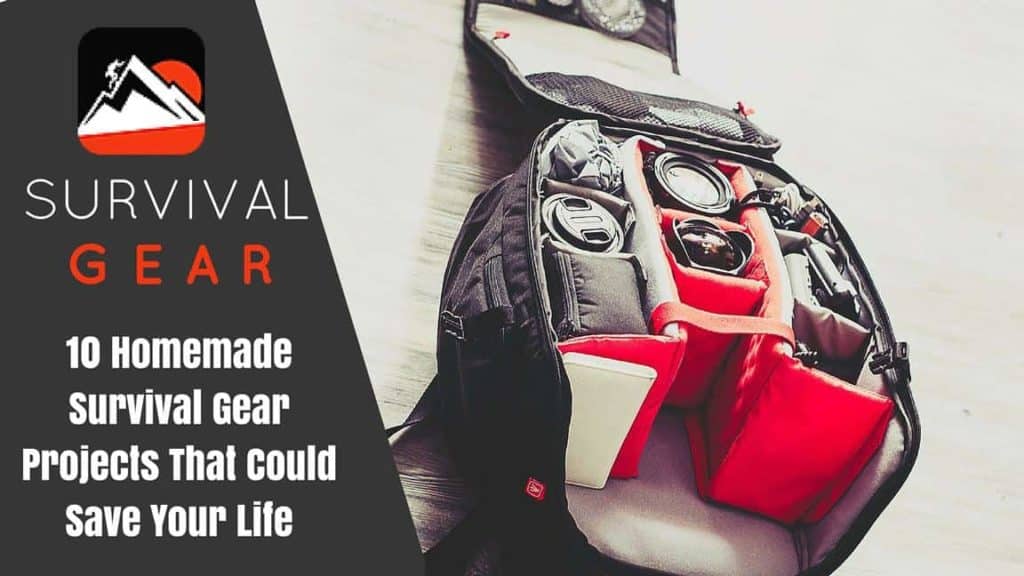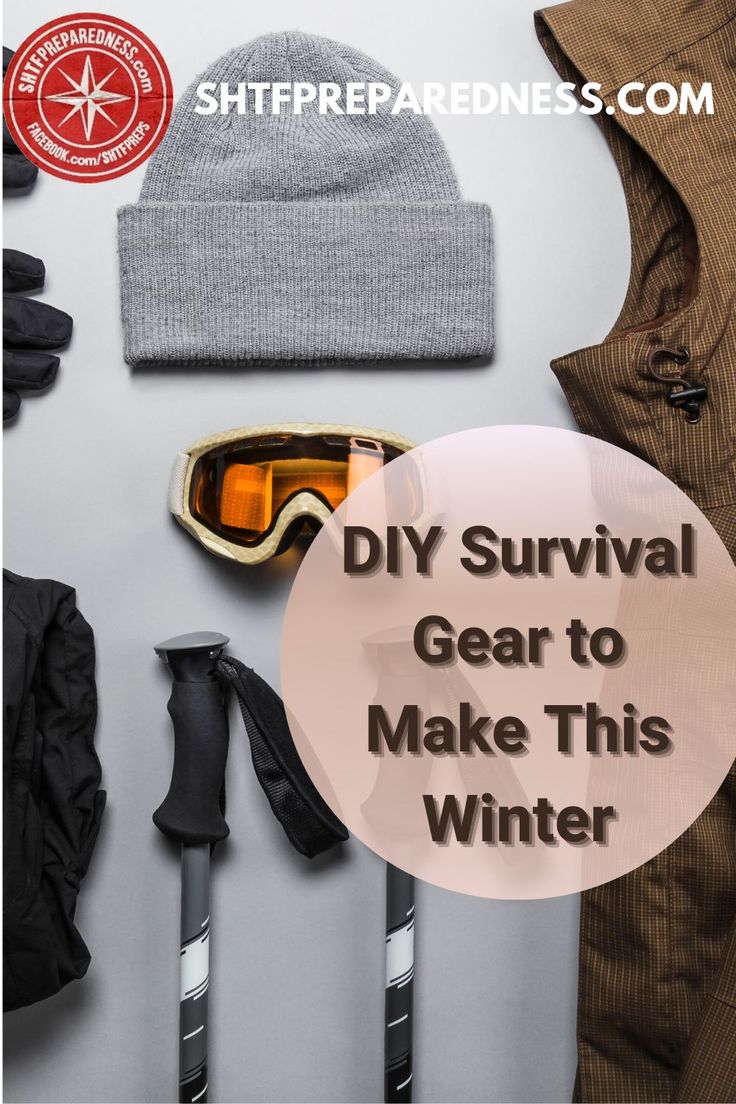1. Choose the Right Gear:
- Prioritize items based on your environment and potential hazards.
- For general survival, consider items like a fire starter, a first aid kit, a multi-tool, a flashlight, a water purification system, and a shelter tarp.
2. Create a Fire Starter:

- Gather materials like dry tinder (small twigs, leaves, and grass), kindling (larger sticks), and a fire starter (matches, lighter, or flint and steel).
- Build a tinder bundle and place it in the center of your fire ring.
- Arrange kindling around the tinder bundle in a teepee shape.
3. Build a Shelter:

- Choose a protected area away from floodplains or potential hazards.
- Construct a simple shelter using materials found in the area, such as branches, leaves, and rocks.
- Ensure your shelter provides protection from wind, rain, and sun.
4. Find and Purify Water:
- Locate a water source and assess its safety.
- Boil water for at least one minute to kill harmful bacteria and parasites.
- If boiling is not possible, use a water purification system or iodine tablets.
5. Build a Signaling Device:
- Create a signaling device to attract attention in case of emergencies.
- Use materials like a mirror to reflect sunlight, a whistle to produce loud sounds, or a fire to send smoke signals.
6. Gather Food Sources:
- Identify edible plants and berries in your environment.
- Be cautious and avoid consuming unfamiliar plants without proper knowledge.
- Supplement your diet by hunting or fishing if possible.
7. Construct Traps and Snares:
- Set up simple traps or snares to catch small animals for food.
- Use materials like sticks, ropes, and bait to create effective traps.
8. Make a First Aid Kit:
- Assemble a basic first aid kit with essential items like bandages, antiseptic wipes, pain relievers, and gauze pads.
- Keep the kit in a waterproof container for easy access.
9. Pack a Survival Bag:
- Compile all your survival gear into a compact and portable bag.
- Ensure the bag is waterproof and easy to carry.
- Keep your survival bag close at hand or in your vehicle.
10. Practice and Gain Knowledge:
- Practice using your survival gear before you actually need it.
- Familiarize yourself with wilderness survival techniques through books, online resources, and survival courses.
Remember that survival situations can vary greatly, so it’s crucial to tailor your survival gear and plan according to your specific environment and potential risks.










